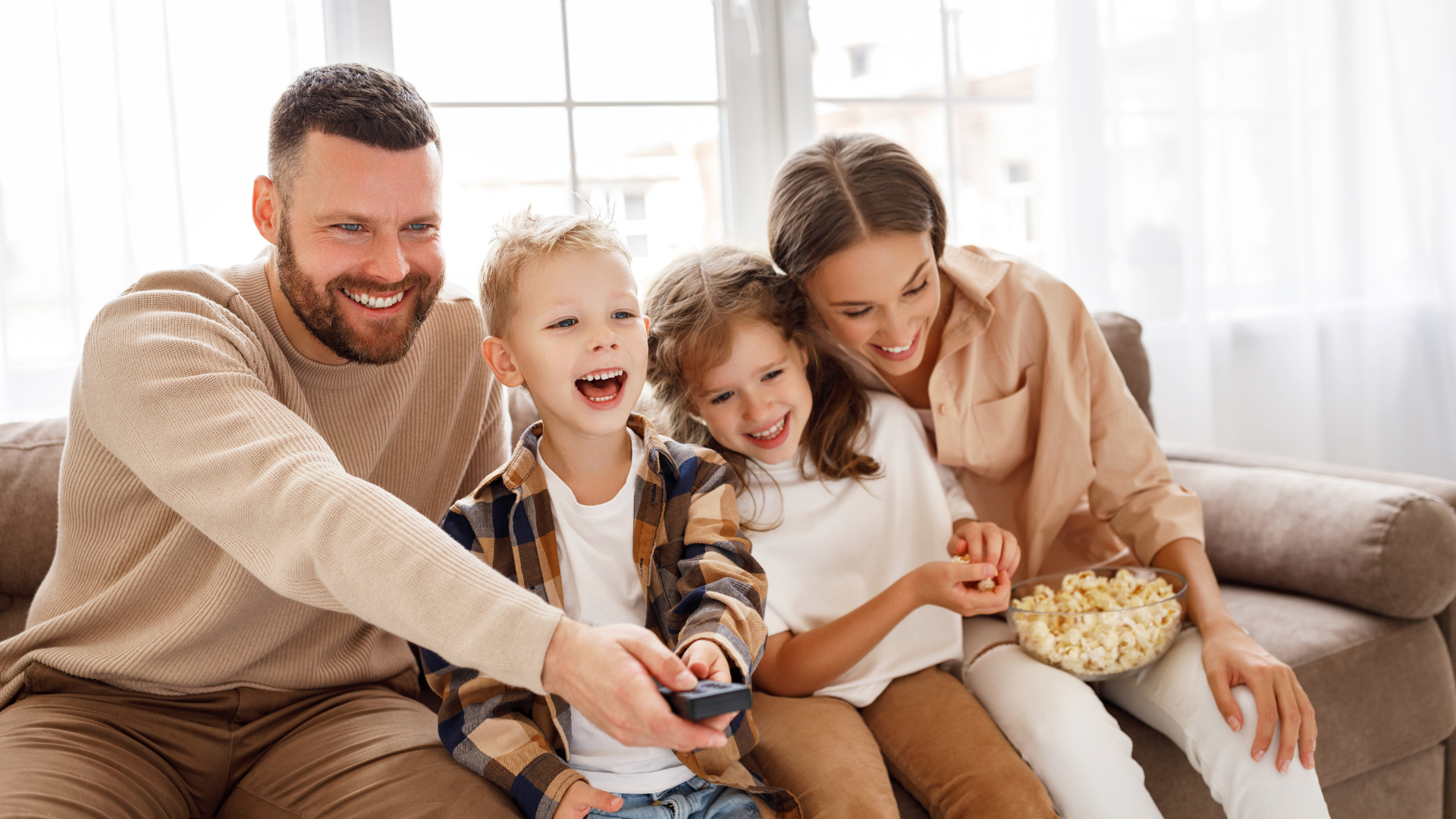Understanding Collateral Charge Mortgages
Collateral charges aren’t new, but they are something you should learn about as they are becoming more common in the mortgage world. If you haven’t heard about collateral charge mortgages, or don’t understand them, you’re not alone. It’s one of the financial world’s “good news / bad news” items.
The definition of a collateral charge is a charge on the title of a property attached to a promissory note – ie – a requirement to pay a loan made secure by a property. While having a promise to pay, attached to a line of credit (the typical use of collateral charges) makes sense, this format is growing in use with mortgages.
The good news about collateral charges is they allow a re-advanceable form of lending. If you want more money down the road, you won’t need to re-register the mortgage. This will save you the pains of refinancing along with costs of the legal fees.
They can be registered for the full value of the home – or even more! (One of TD Bank’s allows for them to register up to 125% of the property value). Ultimately a collateral mortgage is always registered for more money than you require at closing – 100% of the value or more. In a standard mortgage, your mortgage is registered with Land Titles only for the amount you need.
The bad news is moving your mortgage at renewal will cost legal fees as you will need to re-register with a new lender. This means, you want to avoid collateral charges if you want the ability to shop around when your mortgage is up for renewal. A collateral mortgage is not transferable without a lawyer or notary. It’s like starting the mortgage over when you want to switch lenders.
Additionally, second mortgages or home equity lines of credit are often impossible to obtain without a significant appreciation in the value of your home because the registration amount is already at the full value (or more), so there may be little or no equity room.
Most mortgage professionals see collateral charges as a way for banks to retain customers at renewal, but most borrowers want to keep their options open. You can see the push and pull. If you want to know more about this – or any other mortgage advice, please drop me a note.
Share












